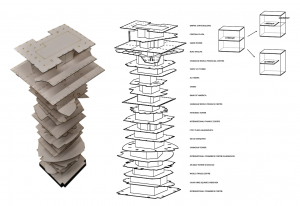 Plans of tallest office towers arranged according to efficiency rates
Considering that a high-rise tower is usually a very financially sensitive piece of architecture (unlike museums or other types of buildings), I would like to explore if it is possible to examine the factors that define the value of spaces. I would like to explore if cutting on GFA per floor area necessary means losing money? Maybe there are ways to make rentable area more valuable itself by making it more architecturally exciting?
The idea of the thesis is to rethink the mixed-use tower typology and redefine the value of internal spaces that could be possibly created within the tower. That closely relates to the space efficiency (mostly circulation) and structural solutions.
WHAT?
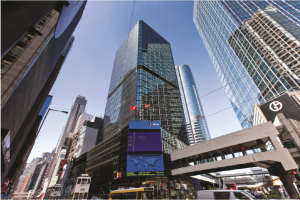 The specificity of the site, Hong Kong
The aim is to design a high rise mixed use building in the context of high density city. The site could be situated in such a place like Central area of Hong Kong. In this kind of context, aspects such as natural light, shading, wind and relationship with surrounding programmes can be taken into account as the key factors to influence the internal spatial arrangement of the building. Also since the site is situated in a subtropical climate, the ideas regarding the humidity and natural ventilation could be tested.
Also it is a good test case in the city where market forces are higly prevailing and often are the key ones to define the value of the space.
Also design in such a complex environment is could become a justified as a response urban economic development.
The site could be possibly situated next to soho escalator, where there is a high flow of people and that could affect design while testing different circulation patterns within a mixed use tower.
WHY?
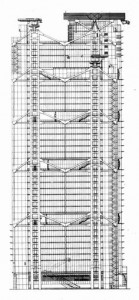 HSBC, Norman Foster
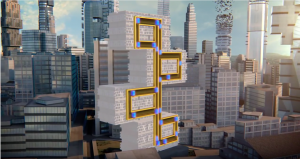 ThyssenKrupp MULTI – the world’s first rope-free elevator system
Due to Hong Kong’s political, geographical and economical situation, the real estate developers have adapted a set of the most “suitable” design models and ruthlessly keep extruding the towers filled with repeated floor plates all the way up. The aim of the thesis is to break the current pattern and to design a tower that could make use of current economic patterns (mixed use buildings) and technological progress in terms of circulation (that could help to increase efficiency rates).
Le Corbusier was the first one to bring the concept of efficiency and in fact his ideas were more or less realized in Hong Kong’s urban context. On the other hand, R. Koolhaas was fascinated by the idea that the building itself can inhabit the city within the city, as in the case of the Delirious New York.
I think technological progress that was celebrated by Le Corbusier could be further brought into modern towers and also that can be combined with specifics of the mixed-use programmatic arrangement, so that efficient towers could turn into architecturally exciting spaces too. In this case current technological progress would be new types of elevators, also there is still a room for structural innovations.
N. Foster is one of the modern architects who pushed the technological-structural ideas further and managed to create an extent of exciting spaces within an office tower. I believe that when different programmes within mixed use tower are being combined together with exciting structural solutions and new modes of circulation, it would be possible to come out with spatially exciting space that could be economically valuable spaces too. It could help to break current repetitiveness of the towers in Hong Kong.
HOW?
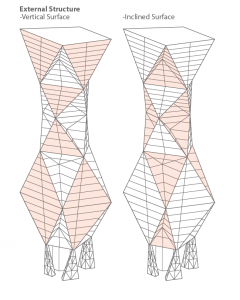 Chevron structure based tower, Olga Cech and Mandy Ng, MArch I
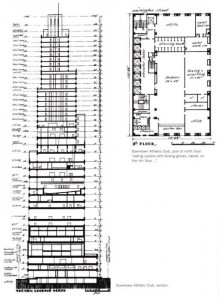 Rem Koolhaas, Downtown Athletic Club
Step 01. Analysis:
Step 01-1. Creating the catalog of different floor plans of office spaces (same as an artefact). In a similar way, creating catalogs for hotel, retail and residential project plans.
Step 01-2. Analysis of building envelopes
Step 01-3. Analysis if building cores.
Step 01-4. Look into factors that define the value of architectural spaces (view, light., convenience and etc.)
All the steps being explored through the drawings and the models.
Step 02. Superimposing different floor plans of different programmes in order to create a tension between spatial qualities and give the room for structural explorations. At the same time combining the overall development with new technologies in regards to circulation, especially when it comes down to the elevators. Testing physical models in different scales in order to study structural specifics.
Step 03. Adjusting the massing in regards to urban context such as height, proportions, sun shading, circulation, programmes, etc.
BIBLIOGRAPHY:
Theory:
1. Li, Shiqiao. Understanding the Chinese City. Print.
2. Koolhaas, Rem. 1995, Generic City. Sassenheim: Sikkens Foundation, print.
3. OMA, 1993, SMLXL, Walter Könog
4. Etchells, Frederick., 1946, Towards a New Architecture, London: Architectural, Print.
Techniques:
1. David Parker and Antony Wood, 2013,The Tall Buildings Reference Book. New York: Routledge
2. Mark P. Sarcisian, 2011, Designing Tall Buildings: Structure as Architecture, New York: Routledge
3. Ken Yeang, 2000, Service Cores: Detail in Building, Wiley-Academy Print.
Seminal/Current related projects:
1. A. Wood, Council on Tall Buildings and Urban HabitatBest tall buildings : CTBUH international award winning project, 2014,
Burlington, MA : Elsevier/Architectural Press
|





